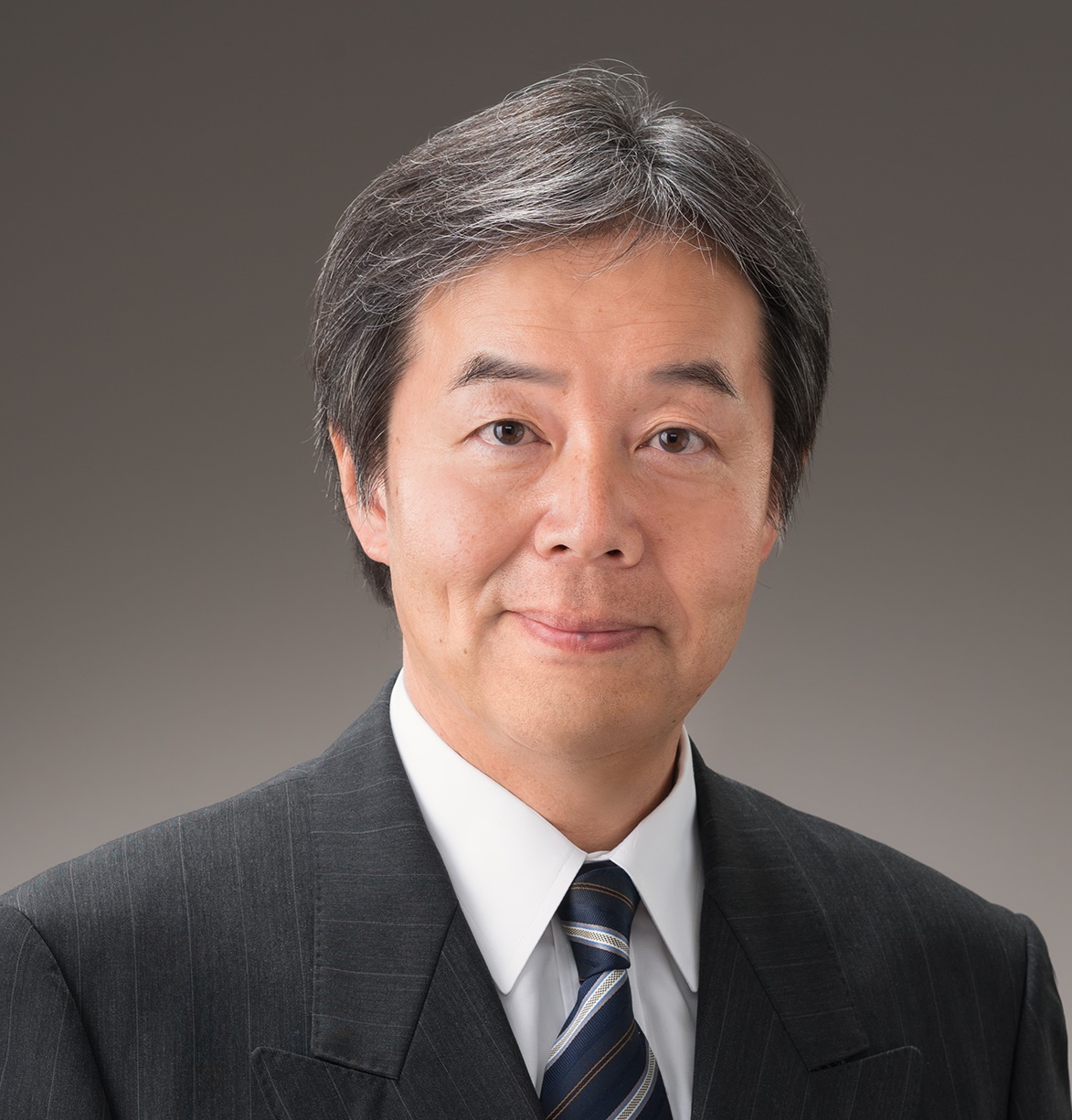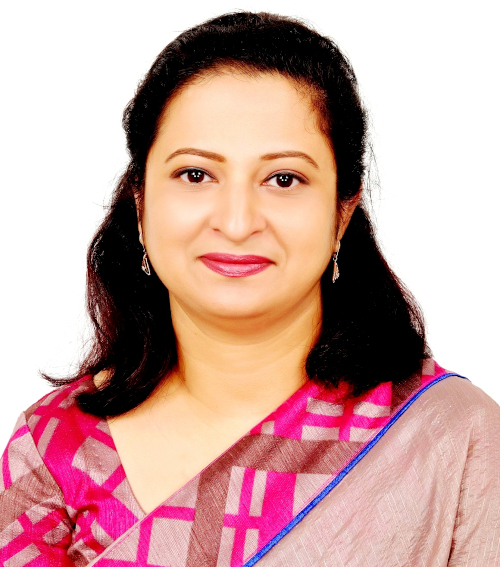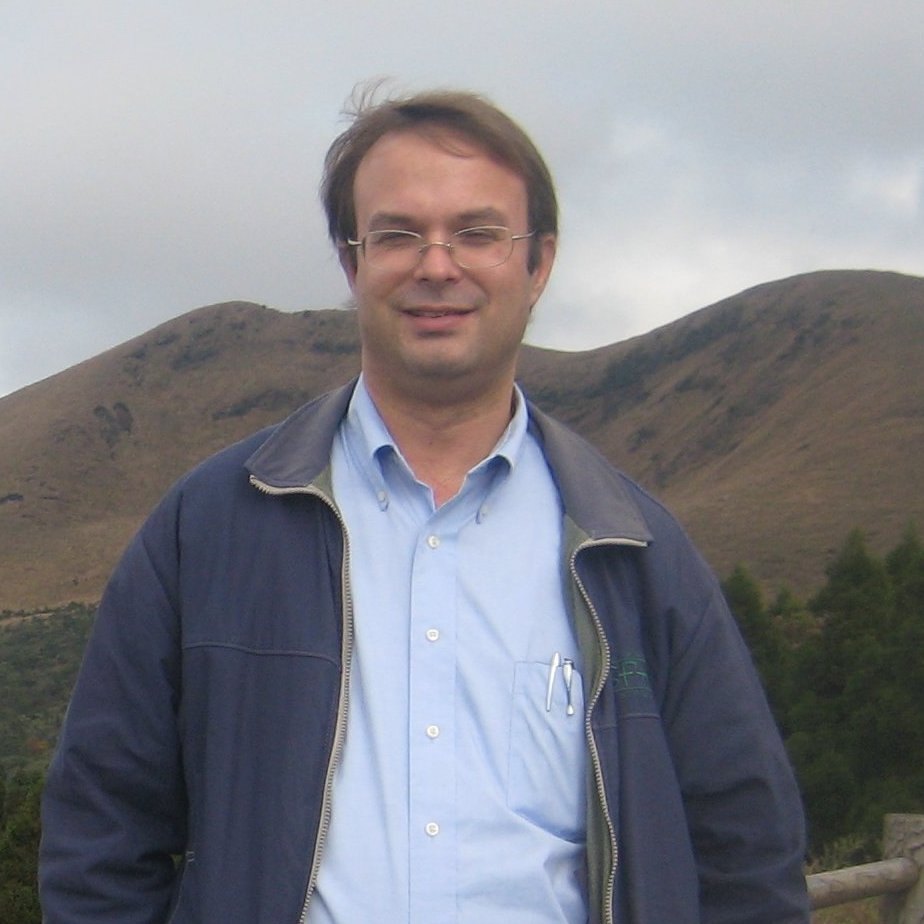 Prof. Hironori Kasahara
Senior Executive Vice President, Waseda University, Tokyo
IEEE Computer Society President 2018
Prof. Hironori Kasahara
Senior Executive Vice President, Waseda University, Tokyo
IEEE Computer Society President 2018
This Keynote talks about Green Multicore Computing systems' architectures, software, and performance. Here, Green Computing means environment-friendly Low Power, High-Performance Multicore Computing that allows us to execute scientific, image, real-time control, deep learning computation with small electric power consumption. It introduces homogenous and heterogeneous multicore architectures, an automatic parallelizing and power reducing compiler, and their parallel processing performance for scientific benchmark programs, medical image processing, OpenCV face detection, automotive control, MATLAB/Simulink, Deep Learning, and so on.
Professor Hironori Kasahara is a senior executive vice president of Waseda University, Tokyo, Japan. He was IEEE Computer Society (CS) President in 2018. He received a BS in 1980, MSEE in 1982, Ph.D. in 1985 from Waseda University, joined its faculty in 1986, and has been a professor of computer science since 1997. He was a visiting scholar at the University of California, Berkeley, in 1985 and the University of Illinois at Urbana–Champaign’s Center for Supercomputing R&D from 1989 to 1990. Dr. Kasahara received IEEE Fellow, Spirit of IEEE Computer Society (CS) Award, CS Golden Core Member Award, IFAC World Congress Young Author Prize, IPSJ Contribution Award, IPSJ Fellow, and a Science and Technology Prize of the Japanese Minister of Education, Culture, Sports, Science, and Technology. He is also a Board Member of the Engineering Academy of Japan, Member of the Science Council of Japan. He led Japanese METI/NEDO national projects for “parallelizing compilers,” “embedded multicores for consumer electronics,” and “Green Computing.” He has served as chair or member in 265 IEEE, ACM, NSF, Japanese government committees. He has presented 225 papers, 218 invited talks, and 64 international patents. His multicore architectures and software research has appeared in 681 newspapers and Web articles.
 Dr. Lafifa Jamal
Professor
Department of Robotics and Mechatronics Engineering
University of Dhaka
Dr. Lafifa Jamal
Professor
Department of Robotics and Mechatronics Engineering
University of Dhaka
Education is a primary right for every individual. It is the most important foundation which paves the future roadmap for a person. An individual’s formal education begins with learning to read and write the alphabet and the quality of learning is heavily influenced by the teaching process. An automated interactive process can greatly assist in learning more efficiently. Despite Bengali is the seventh most spoken language in the world, very few interactive systems are available on it. In this talk, I will overview the existing systems including our attempts to develop an AI-based interactive system to automate the Bengali handwriting teaching process for children. The system detects and assesses the quality of handwriting of children. I will also show experimental results that demonstrate the effectiveness of the proposed system.
Dr. Lafifa Jamal is currently working as a Professor of the Department of Robotics and Mechatronics Engineering, University of Dhaka. She is the former Chairperson of the same department. Previously, she was the faculty member of the Department of Computer Science and Engineering, University of Dhaka. At present, she is the President of Bangladesh Women in Technology (BWIT), Treasurer of Bangladesh Computer Society (BCS) and Vice President of Bangladesh Open Source Network (BdOSN). Dr. Jamal is a Senior Member of IEEE. She is a member of the Central Committee of International Robot Olympiad. Currently, she is the Membership Development Coordinator of IEEE Robotics and Automation Society (RAS) Bangladesh Chapter, Advisor of IEEE RAS University of Dhaka Student Branch Chapter and Moderator of Dhaka University Science Society. She is the founder advisor of IEEE University of Dhaka Women in Engineering Student Branch Affinity Group. She has been elected to the Senate of Dhaka University and has also been an elected member of the Dhaka University Teachers’ Association (DUTA) several times. Actively involved with research, Dr. Jamal has around fifty research publications in reputed international journals and conferences. One of her papers got the best paper award in an international conference. She attended various seminars, conferences and workshops internationally. She delivered invited talk in South Korea, USA, China, India, Sri Lanka and other countries. She was the Technical Program Committee Chair of 2nd International Conference on Innovation in Engineering and Technology (ICIET 2019), Regional Program Chair of The 6th International Conference on Robotics, Informatics, and Intelligence control Technology (RIIT 2018, Thailand); General Co-Chair of 1st International Conference on Innovation in Engineering and Technology (ICIET 2018); General Chair of 3rd Student Conference on Science and Engineering (SCSE 2017) and actively involved organizing different International Conferences.
In 2019, she participated in the International Visitor Leadership Program (IVLP) which was arranged by the U.S. Government. 50 Women STEM leaders from 50 different countries participated in this multi-regional project titled “#HiddenNoMore: Empowering International Women Leaders in STEM”. This project is designed to promote women’s contributions to STEM through research and development, education and teaching, leadership, and public policy formation.
Under her dynamic leadership Bangladesh got the very first Gold Medal in International Robot Olympiad 2018 which was held in Manila, Philippines. She was the convener of the National Girls Programming Contest 2015 which played a significant role to raise the awareness of computer programming in female students of Bangladesh.
 Dr. Francisco (Frank) Lamosa
Senior GPU/Computer Vision Engineer
Dr. Francisco (Frank) Lamosa
Senior GPU/Computer Vision Engineer
In the last 5 to 10 years, we have seen a huge resurgence of machine learning based approaches to computer vision, in particular, neural network-based models. Impressive achievements have been attained with these techniques, and there is very significant progress being made. At the same time, it is important to keep in mind the massive amounts of data required to generate the models, the massive computing power needed to yield the attainments that have been published, and the challenges in understanding these models. On the other hand, in many cases, the physics of the problems provide some clear deterministic mechanisms for the manifestation of physical phenomena in camera (and other sensor) systems. These approaches can lead to clearly explainable results, and often at lower power consumption and development time. The challenge is to identify the domains where each approach is best suited and to complement the strengths of each set of approaches to yield a robust, and efficient (in terms of time and computing power – and in power consumption, itself, especially in view of the environmental concerns we face) solution.
Francisco (Frank) Lamosa is a native of Montreal where he grew up and obtained his BSc in Physics in 1994, at Concordia University. He went into industry as a software engineer, starting his career in developing image processing software, an area which quickly captured his fascination, at a time where this was still a very niche sector, largely confined to academia.
Following a move to the UK, to pursue this interest, he decided to pursue his interest in conducting research in greater depth in the domain of image processing and computer vision. This led to a move to Japan, to Kumamoto University, where he pursued a PhD, focusing on 3-D stereo image reconstruction and view interpolation/synthesis. This has led to a number of roles, back in industry investigating 3-D image reconstruction with single and multiple cameras.
He has worked as an image processing /computer vision engineer at De Beers technologies, where he is used machine learning techniques to assess colour grades and is using optical coherence tomography to reconstruct 3-D point cloud models of stones to identify defects in the interior, at Continental Corporation, where he investigated computer vision algorithms on embedded processors, and Nordson Dage, where he conducted work on x-ray imaging problems. He is currently interested in applications of computer vision to virtual reality/augmented reality and remote sensing.
In parallel, he has recently started investigating the use of image processing and machine learning tools to analyse satellite and drone images for remote sensing.
Copyright © 2020- 2022 ICIPRoB 2022 - International Conference on Image Processing and Robotics. All rights are reserved.